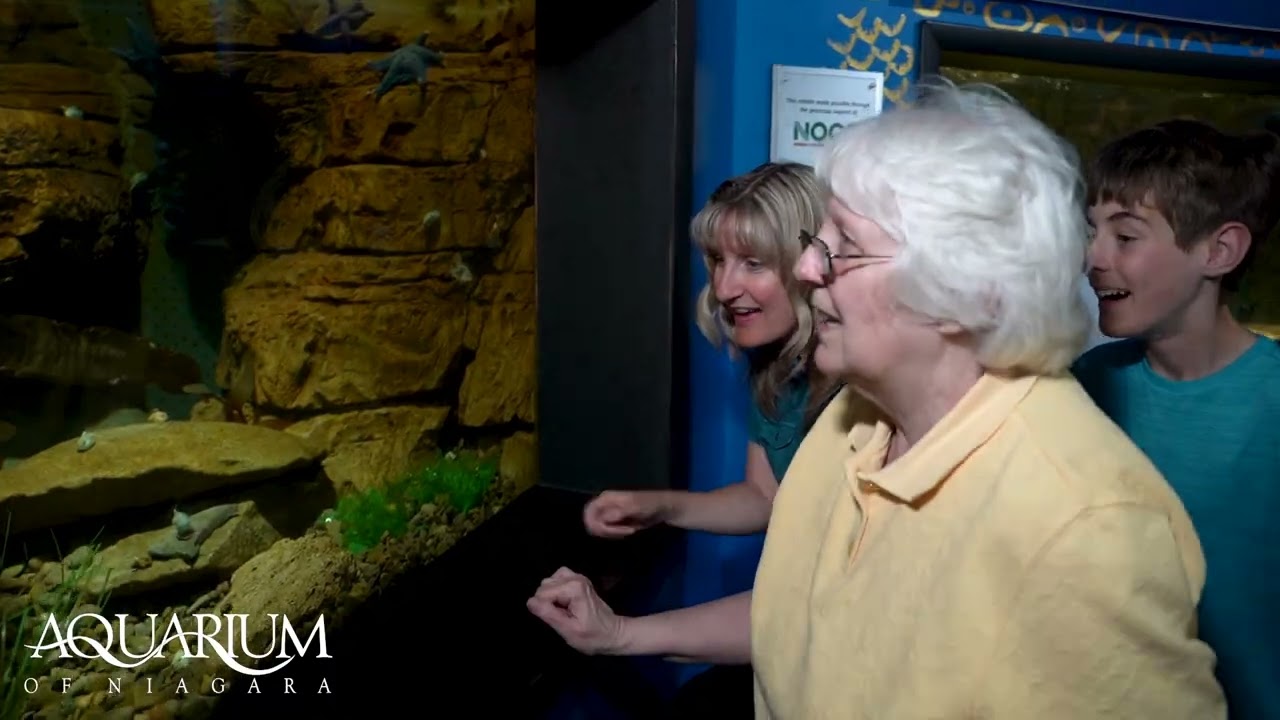Summary:
– Pacific Spiny Lumpsuckers are a new species on exhibit at the Aquarium of Niagara.
– These little fish have unique fins that allow them to stick to various surfaces.
– They are found in cold-water environments and can be seen in the cold-water exhibit next to Dangerous Beauties!
Welcome, nature lovers! Today, we have an exciting announcement from the Aquarium of Niagara – a new species, the Pacific Spiny Lumpsuckers, is now on exhibit! These fascinating little fish are truly a sight to behold, with their unique fins that enable them to stick to various surfaces. In this blog post, we’ll look at these charming creatures, their habitat, and how they manage to stick around without letting go. So, let’s dive right in!
Before we delve into the details, let’s get acquainted with the Pacific Spiny Lumpsuckers. These fish may be small, but they possess extraordinary capabilities that make them stand out in the animal kingdom. They are specially adapted to thrive in cold-water environments and are commonly found in the northern Pacific Ocean. Now, let’s uncover the secrets behind their distinctive fins.
When you first see a Pacific Spiny Lumpsucker, you might be taken aback by its appearance. These little fish have a round shape and colorful markings, which adds to their charm. But what truly sets them apart is their unique fins, specifically their pelvic fins. These fins have evolved into adhesive discs that enable them to stick to various surfaces, allowing them to hold their position in turbulent ocean currents. It’s almost as if they have natural suction cups!
Imagine sticking to walls, rocks, or even the aquarium’s glass – that’s precisely what these lumpsuckers can do! Their adhesive discs comprise numerous tiny fingers, called papillae, which create a vacuum seal with the surface they attach to. This remarkable adaptation allows them to remain stationary amidst the constant movement of the water. It’s truly a marvel of evolution!
Now that we’ve uncovered the secrets of their unique fins let’s talk about their habitat and natural behavior. As mentioned earlier, Pacific Spiny Lumpsuckers are found in cold-water environments. Their natural habitat extends from the northern Pacific Ocean, including regions such as Alaska, Russia, and Japan. These fish prefer rocky substrates where they can find shelter and plenty of food.
In the wild, lumpsuckers are known for their distinctive breeding behavior. The males build nests using algae, rocks, or other debris, where the females lay their eggs. The males act as protective fathers, guarding the eggs until they hatch. Witnessing the dedication and care these tiny fish exhibit towards their offspring is heartwarming.
Now that you know more about Pacific Spiny Lumpsuckers, it’s time to head over to the Aquarium of Niagara and see them in person! You’ll find these exquisite creatures in their cold-water exhibit, conveniently located next to Dangerous Beauties! Don’t miss this opportunity to observe them up close and witness their astounding adhesive abilities.
A visit to the Aquarium of Niagara provides an incredible opportunity to explore the wonders of our oceans and the diverse array of marine life that inhabits them. Whether you’re a seasoned marine enthusiast or simply looking for a fun and educational experience, the aquarium has something for everyone. So, gather your family and friends and immerse yourself in the enchanting world of these marvelous creatures.
In conclusion, the Pacific Spiny Lumpsuckers’ arrival at the Niagara Aquarium is cause for celebration. These little fish, with their unique fins and adhesive abilities, are a testament to the wonders of nature’s adaptations. By observing them in their cold-water exhibit, we gain a greater appreciation for the diversity of life beneath the ocean’s surface. So, let’s embark on an unforgettable journey and explore the intriguing world of the Pacific Spiny Lumpsuckers at the Aquarium of Niagara!
*****
Source Description
The Aquarium of Niagara is excited to announce a new species on exhibit: Pacific Spiny Lumpsuckers! These little fish use their unique fins to stick to various surfaces. See them in their cold-water exhibit next to Dangerous Beauties!

